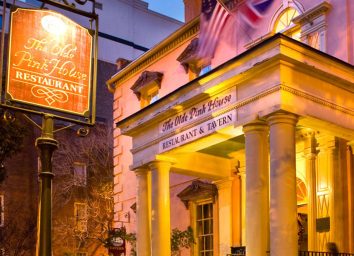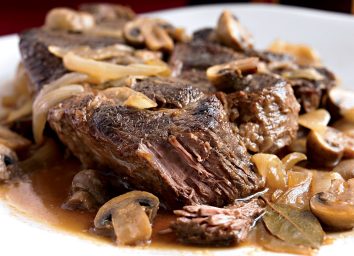The 6 Types of Southern Barbecue in the US—and What Exactly Makes Them Different
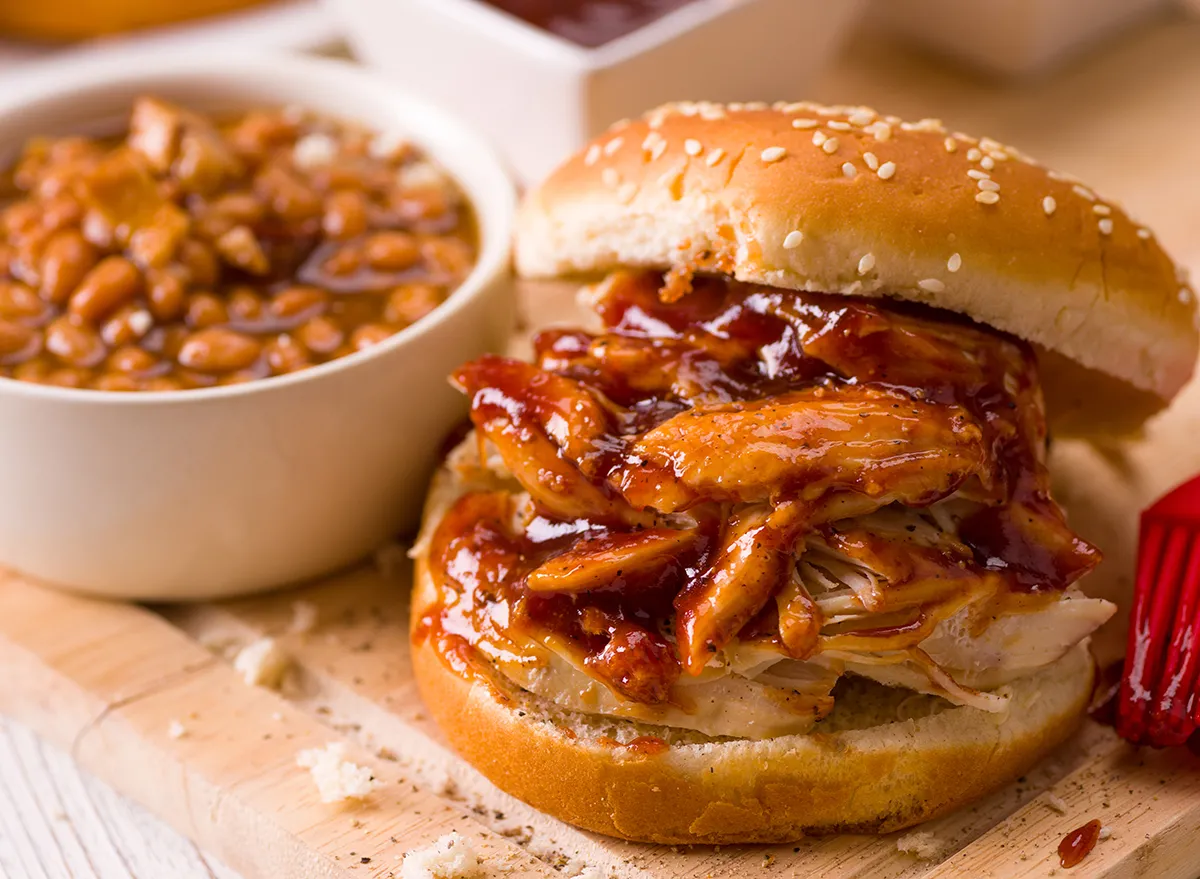
In the United States, barbecue is practically synonymous with summer. Yes, it's a style of cooking that largely involves slow-cooking meat in a wide variety of delicious marinades and sauces. But it's so much more than that, conjuring up images of wooden picnic tables, red-and-white-checked tablecloths, and the smoky smell of mesquite.
This slow approach to cooking meat dates back to the Caribbean in the 1500s. Even Christopher Columbus developed a method of slow-cooking meat over green wood, which was called barbacoa (hence the word barbecue).
In the centuries that have followed, barbecue has become a staple in American cooking, and now, styles within our own country are as diverse as the regions that further developed them. Between the Carolinas alone, you'll need two hands to count the different barbecue varieties.
To help, we've broken down the different Southern regions that have defined barbecue in the United States, and what makes them each distinct. Whether you cook on a pit or use a smoker, baste with a sauce or dry rub with spices, we can all agree that barbecue, especially Southern barbecue, is delicious—no matter what way you slice or smother it.
North Carolina
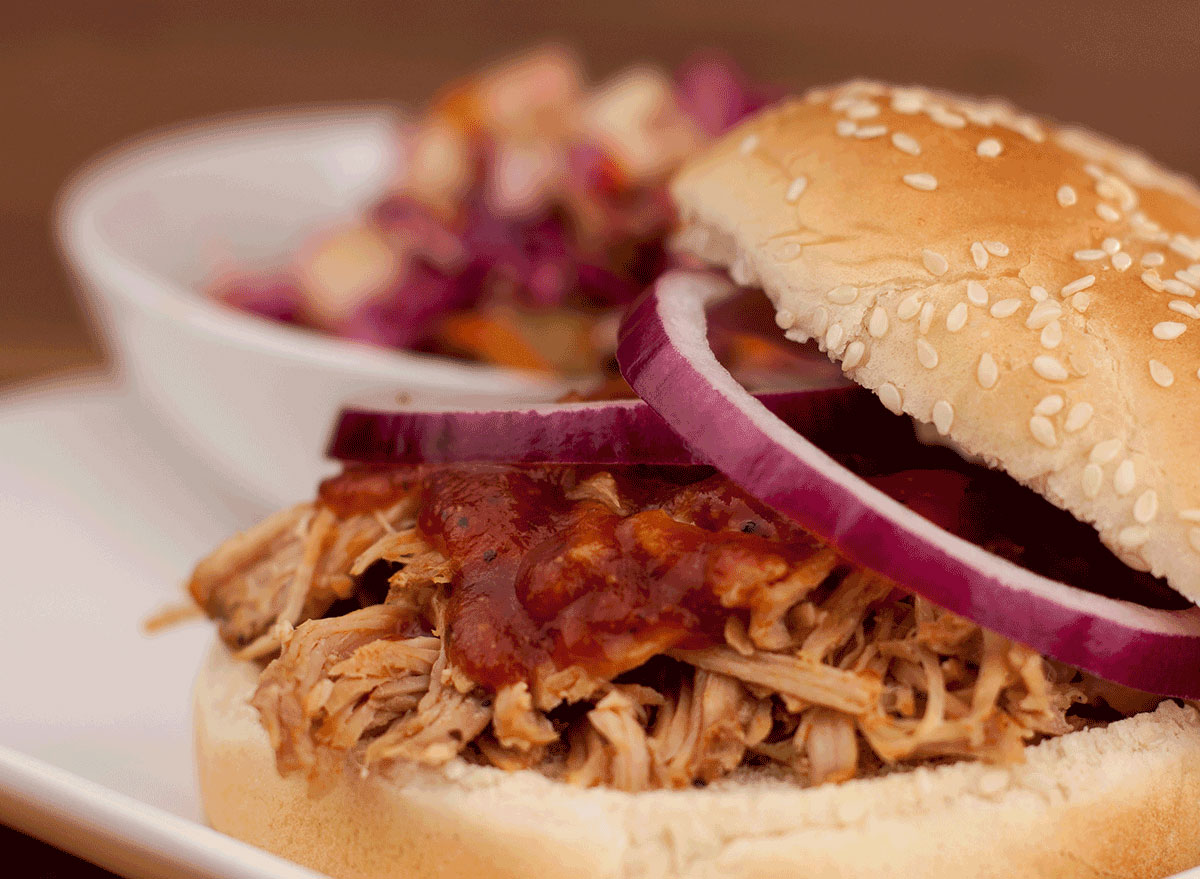
If you're not from this area of the U.S., it's probably confusing enough that both North and South Carolina have their own distinct barbecue styles. To make matters even more complex, North Carolina has two different approaches of its own: Eastern style and Lexington style (aka Piedmont style).
The sauces:
Eastern-style North Carolina barbecue is often considered to be one of the original approaches to barbecue. It involves basting the meat in a vinegar-based sauce enhanced with a little sugar and red pepper. This thin sauce is also served on the side of your barbecue meal for dipping purposes.
But Western North Carolinians love their Lexington or Piedmont style barbecue sauce, which adds a bit of tomato or ketchup into the mix.
The details:
While the Eastern method uses the whole hog, Lexington purists only go with the pork shoulder. It's a nod to the German settlers who invented the approach in the 1700s, according to Our State, a North Carolina magazine.
The competition:
While the debate rages on about which North Carolina barbecue style is superior, one thing's for sure: Eastern is the OG.
"I don't want to say 'the truest' because I don't want to take sides in that dispute, but it is the original, that's for sure," John Shelton Reed, co-author of Holy Smoke: The Big Book of North Carolina Barbecue, told Our State.
South Carolina
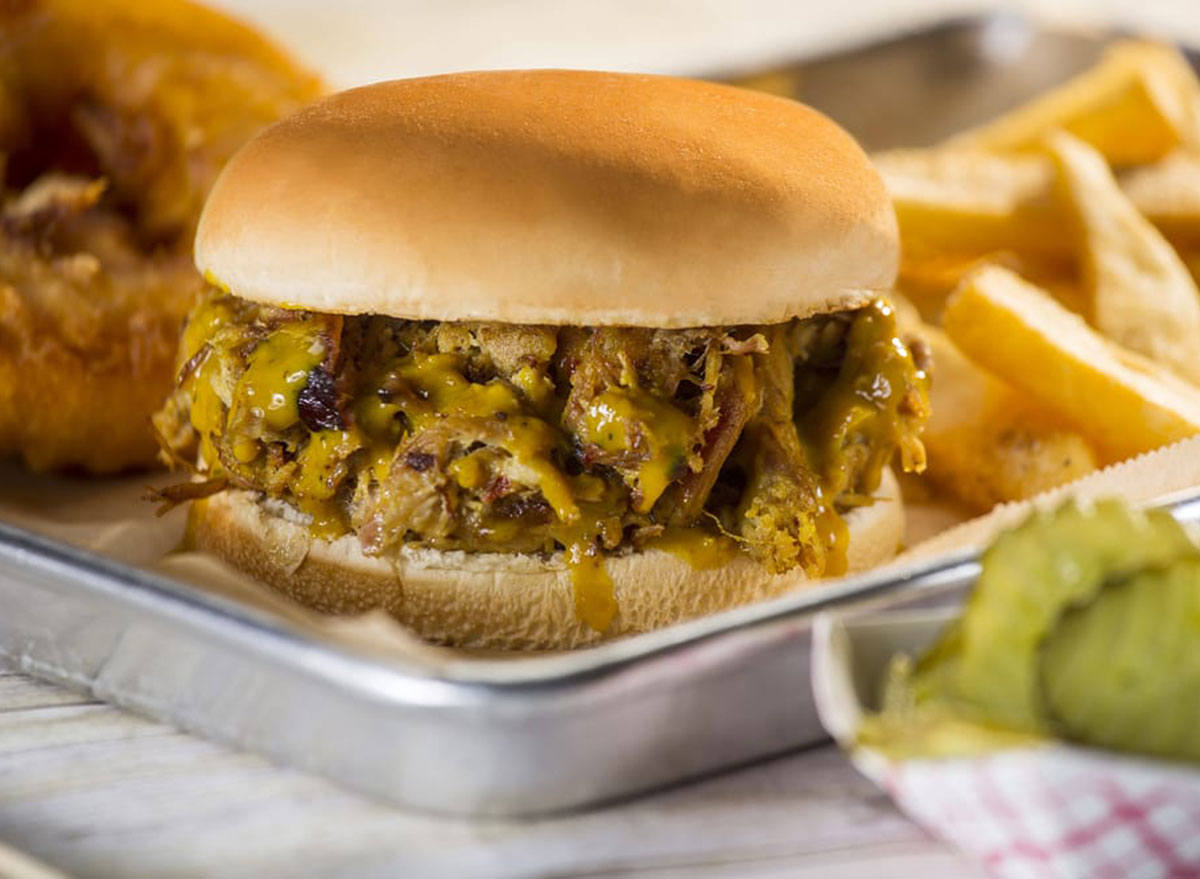
If variety is the spice of life, South Carolina is the spiciest when it comes to U.S. barbecue. The state is one of several that claim to be the "birthplace of barbecue," and it has a whole host of different sauce options if you're looking to change it up.
The sauces:
The northern part of the state, or the Pee Dee region, follows the same concept as Eastern-style North Carolina barbecue, minus the sugar. Theirs is a spicy mix of vinegar, black pepper, salt, and cayenne.
The Midlands of South Carolina serve a barbecue sauce that is easily recognizable thanks to its brightly colored mustard base. This sweet and tangy sauce is arguably the one the state is most known for.
Because of other states' influences on South Carolina barbecue, there are also light tomato concoctions (made of vinegar, pepper, and tomato sauce or ketchup) and heavy tomato ones as well. The former tends to be found in the Pee Dee region and in the upper Midlands, while the latter is more common in western and northwestern South Carolina.
"At one time, you'd know what type of barbecue you'd be served just by knowing what part of the state you were in," explained Gwen Fowler on South Carolina's tourism website. "But these days, the lines have blurred."
The details:
With pigs being particularly prevalent in the area, South Carolina's barbecue tends to be made from pork, often pulled, and accompanied by one of the four regional sauces.
South Carolinians also serve their barbecue pork with a mix of hash and rice, an amalgamation of meats, spices, sauces, and vegetables cooked down to a thick stew. The options at Duke's Barbecue in Waterloo or Melvin's Barbecue in Charleston are some of the most famous.
The competition:
Because there are so many different types of South Carolina barbecue, the state doesn't exactly have a signature style, but residents sure do love hashing it out.
"When you mention S.C., people usually want to start a fight about sauces," writes Charleston native Jack Hitt. "South Carolinians know it's effectively a ginned-up quarrel about condiments."
After all, why fight when you can eat?
Texas
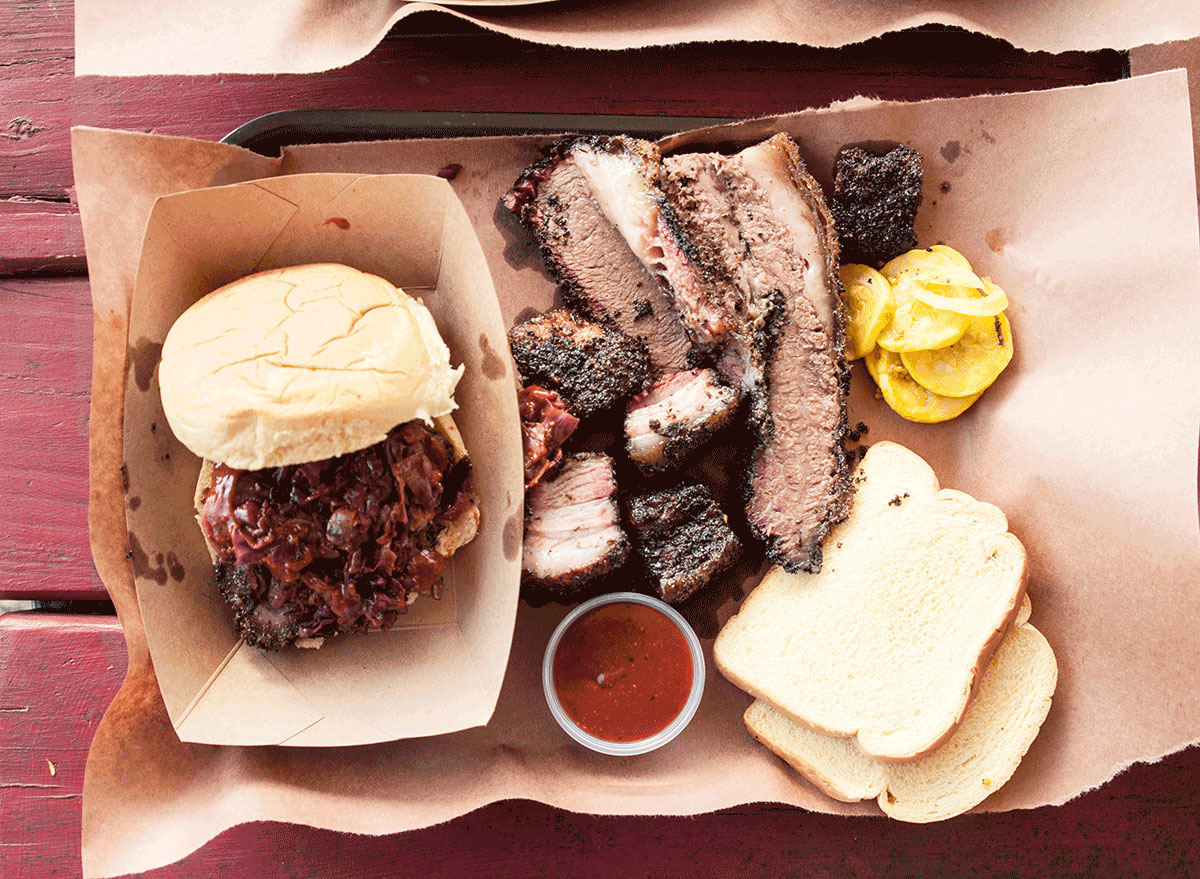
Everything is bigger and more complicated in Texas. The Lone Star state has almost as many approaches to barbecue as South Carolina does. But no matter where you go, beef brisket is the prevailing cut and it's not easy to get it right.
The sauces:
Wet or dry, that is the question when it comes to Texas barbecue.
In East Texas, you'll find your barbecue marinated in a sweet tomato-based sauce, and in South Texas, it'll be a molasses variety. In the deep south, near the Rio Grande, you'll find Mexican-style barbacoa.
But elsewhere, in Central Texas, the meat is dry rubbed with salt and pepper, and is left at that. No matter if your rub is wet or dry, Texans cook their meat low and slow over oak, mesquite, pecan, or hickory wood until it's falling off the bone.
The details:
Texas barbecue is all about the beef.
Texans prefer beef brisket, a cut that can take up to 20 hours to prepare in order to get it super tender. After that, the meat is then left to rest, marinating in its own juices for optimal flavor.
The competition:
Texas-style barbecue is celebrated at the annual Texas Monthly BBQ Fest Weekend, held in Austin every November.
Classes and demonstrations are hosted by notable chefs, including James Beard award-winner Aaron Franklin of the famed Franklin's Barbecue.
Kansas City
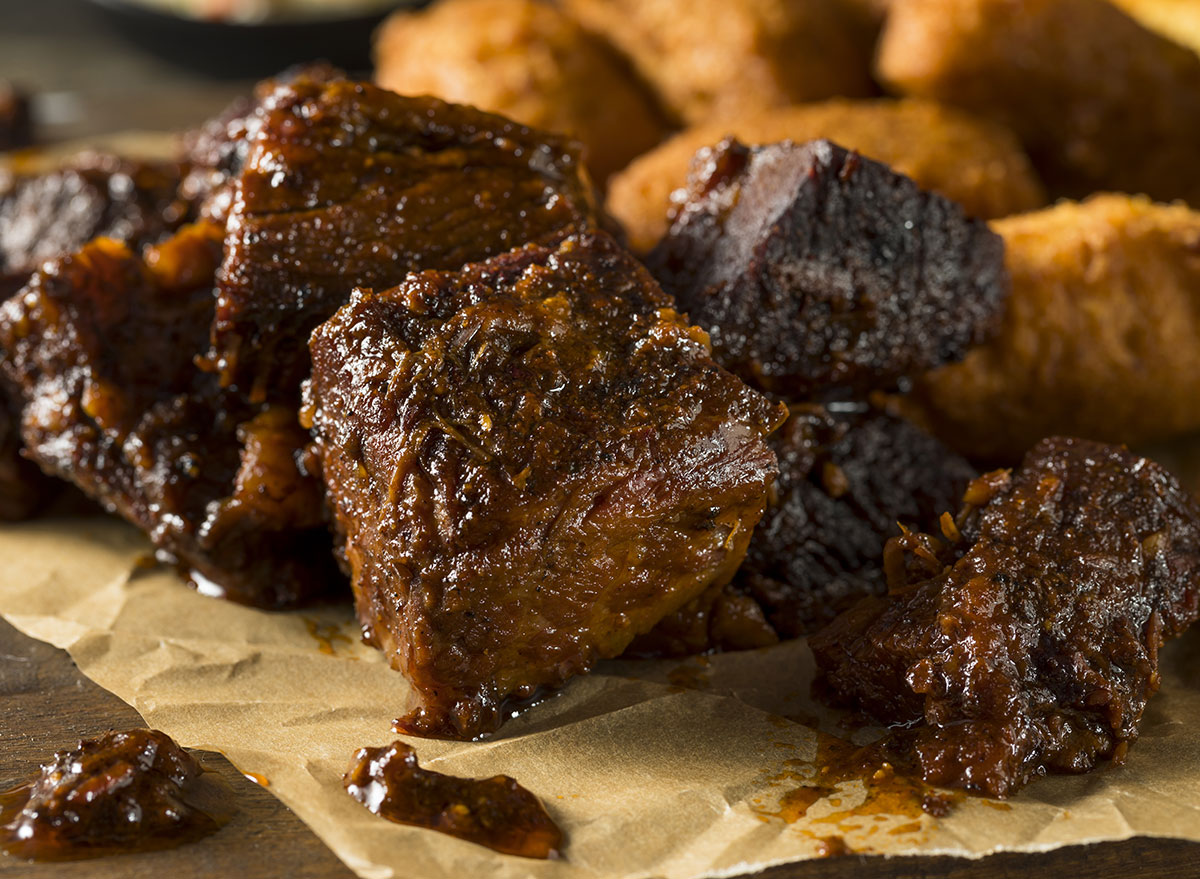
In the early 1900s, Henry Perry opened a smoked-meat pushcart in downtown Kansas City, essentially starting a barbecue revolution that resulted in the city's signature style.
The sauce:
While Perry served such exotic offerings as raccoon and mutton, modern-day Kansas City-style barbecue can come in the form of beef, pork, chicken, or sausage—so long as it's coated in a thick, sweet, molasses- and tomato-based sauce.
The details:
Kansas City barbecue is famous for its burnt ends. After a beef brisket is smoked, the tips are returned to the smoker to cook longer so they can develop a charred exterior.
These flavorful bits can be found on the menus of local barbecue joints, like Joe's Kansas City Bar-B-Que, which has a few locations in the state.
The competition:
Kansas is the site of the world's largest barbecue competition, the American Royal World Series of Barbecue, which is held in September every year.
Memphis
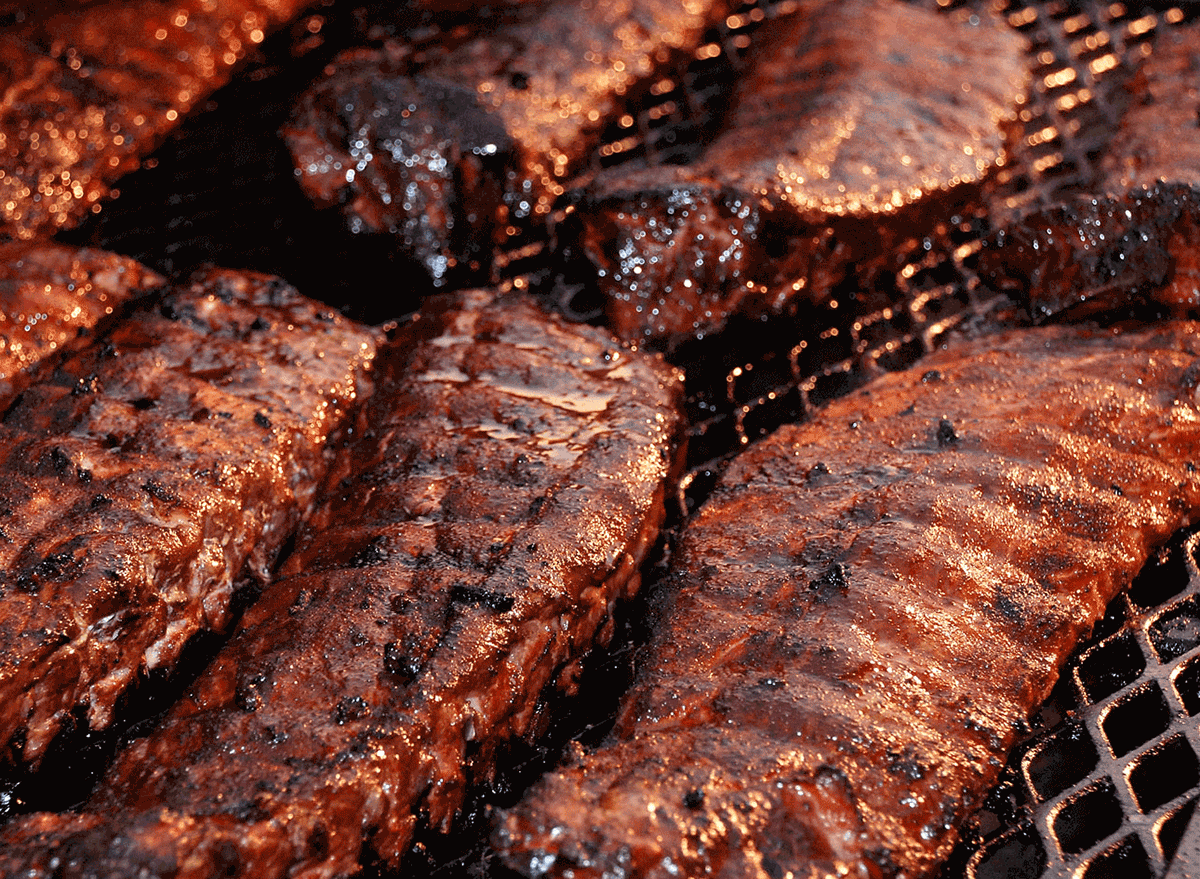
If you love ribs, but don't like getting messy, Memphis, Tennessee, is the place to be for barbecue. You won't need a wet wipe when you come to this part of the South!
The sauce:
Memphis-style barbecue traditionally uses a dry rub, made from garlic, paprika, chili pepper, cumin, and other (often secret) spices.
The lack of sauce makes for a neater barbecue experience. However, if you are a sauce lover, you can often get a side of a thin, slightly sweet accompaniment.
And there are other Memphis barbecue methods, too, like allowing the dry rub to form more of a paste by adding some water before applying.
The details:
Memphis is known for its flavorful slabs of dry ribs. The city's super-slow cooking methods over a hickory fire result in a falling-off-the-bone tenderness.
The competition:
Try pitmaster and barbecue champion Melissa Cookston's menu at Memphis Barbecue Co. for the authentic flavors of the region.
Alabama
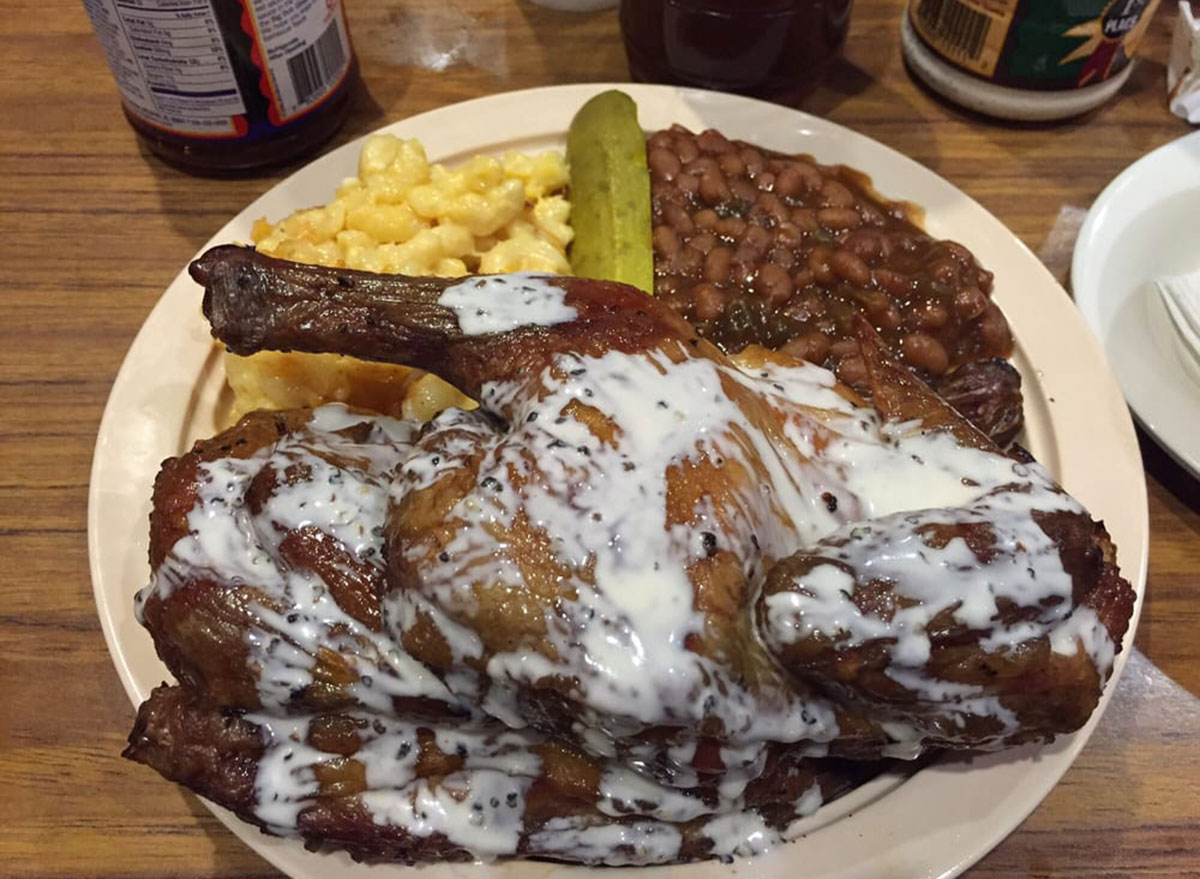
In the 1920s, railroad worker Bob Gibson was cooking barbecue on the weekends in his backyard in Alabama. The crowd grew and grew every week, so Gibson finally quit his job and began selling his barbecue in his own Decatur restaurant, aptly called Big Bob's.
The sauce:
Big Bob's smoked chicken has been its most popular option since the restaurant's inception nearly 100 years ago. It's dipped in a tangy white mayonnaise sauce that Gibson developed to prevent chicken from drying out during long periods on the pit.
Southerners have a culinary love affair with mayonnaise, adding it to deviled eggs, potato salad, and even chocolate cake. Adding it to barbecue sauce only seemed to make it better, and the method eventually spread across the state of Alabama.
The details:
Of course, chicken smothered in white barbecue sauce isn't the only dish you can get in Alabama. Expect lots of sandwiches when you head to this southern state, from pulled pork options to ribs on rolls.
The competition:
It took a while, but Alabama eventually made its mark on barbecue with its unconventional looking sauce. In 2015, Texas Monthly deemed it "the year of Alabama barbecue." And it's only gotten hotter ever since.
"We're caught between the Carolinas and Memphis and you have influence from both areas," Chris Lilly, a pitmaster at Big Bob's, told Epicurious. "I like to think of Alabama as the best of both worlds."

